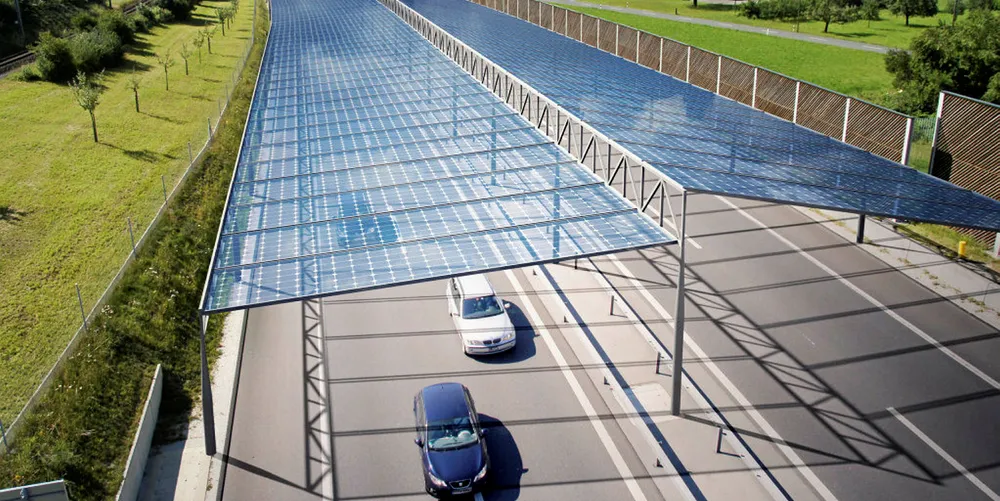Solar panel covered Autobahn could speed German energy transition
European researchers set to build pilot of a PV canopy concept that could generate almost 10% of country's electricity demand – and slow erosion of highway tarmac

European researchers set to build pilot of a PV canopy concept that could generate almost 10% of country's electricity demand – and slow erosion of highway tarmac
